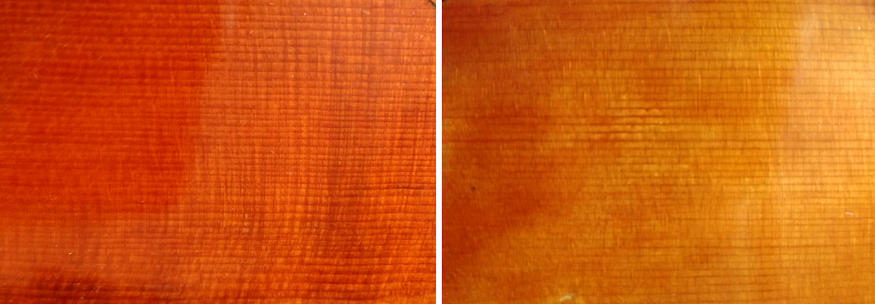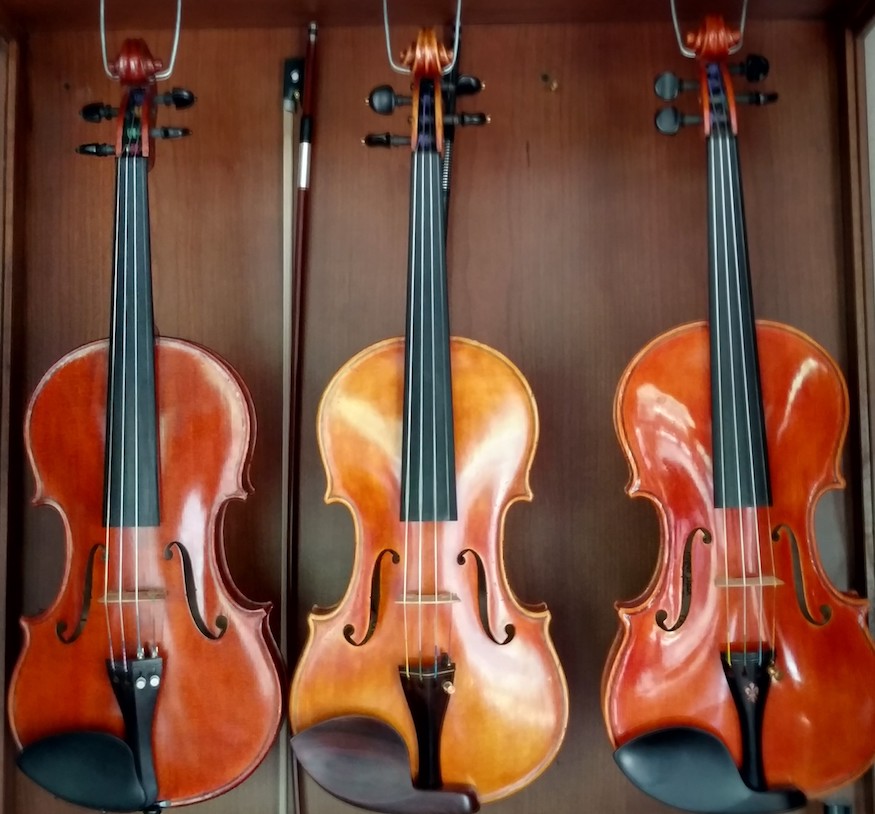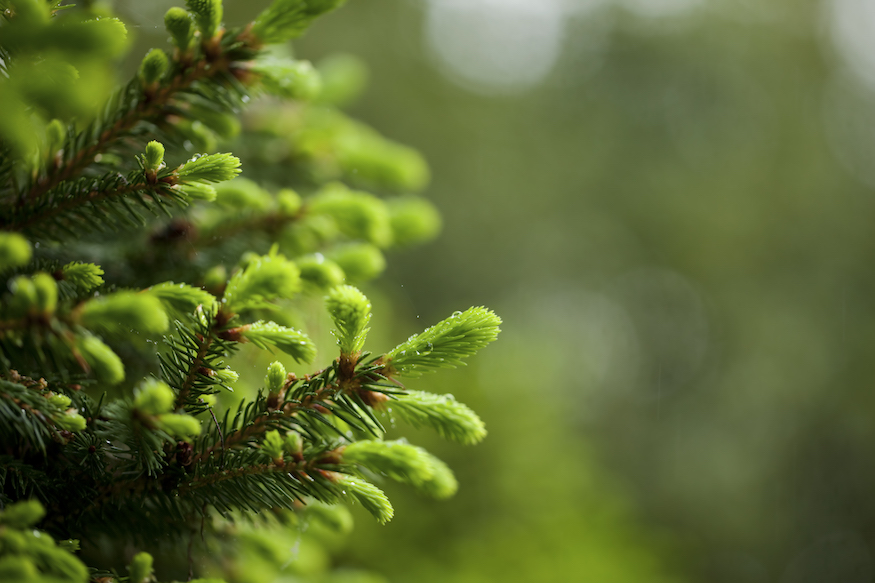What is Spruce?
Spruce belongs to the genus Picea which includes nearly 35 different species of coniferous evergreen trees. They grow to anywhere between 60-200 feet tall. Spruce wood can be easily distinguished by its “whorled” branches and “conical form”. There are six common species of spruce, including Norway spruce, sitka spruce, red and white spruce, black spruce, and Engelmann spruce. These six species typically range from white or cream to yellow colored heartwood. Once and a while, it can also be a pinkish color. The heartwood is not easily distinguishable from the sapwood.

In survival, spruce needles can be directly ingested or boiled into tea as a good source of vitamin C. In Sweden, a Norway spruce has been found and claimed to be the world’s oldest known living tree at 9,550 years old – its name: Old Tjikko. Spruce trees are typically only found in scattered groups or isolated trees in a mixed forest.
Why Choose Spruce
Spruce is a versatile wood and is used in many different industries. It is a great material for heavy construction and in this application is seen as beams, lumber, and plywood. Spruce isn’t entirely rot and decay resistant once harvested, so its suggested uses in this regard are for interior construction only. Spruce is one of the most important woods in the paper industry and is one of the best woods to use in making pulp for paper. Its long fibres bind together for paper production better than most other comparable woods.

Another well-known and standard use for spruce is tonewood. Tonewood, as it is called when applied to the luthier craft, is the “sound board” of the wooden instrument it is being used in. This includes the heart of the piano and harp, and typically functions as the top of violins, violas, cellos, guitars, mandolinsand bass viols. Spruce has the highest strength to weight ratio of the light-weight woods which also makes it a great wood in veneers and aircraft. In fact, the Wright Brothers’ first aircraft was built with spruce.

Spruce in Woodworking
Spruce is fairly easy to work with machines and hand tools. It has a resin, or sap, that is much like red or white pine and can gum up cutting edges and sand paper easily so it is important to monitor machinery as it is being worked. Spruce glues and finishes well and takes an excellent stain when first treated with sanding sealer or pre-finish.
Like the look? Contact us to get started on your own custom woodworking project using Spruce.